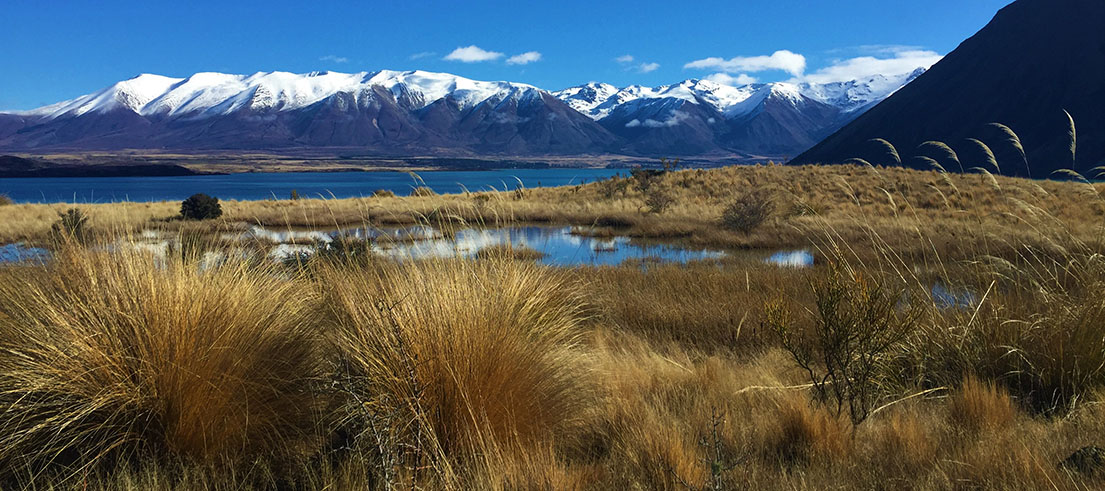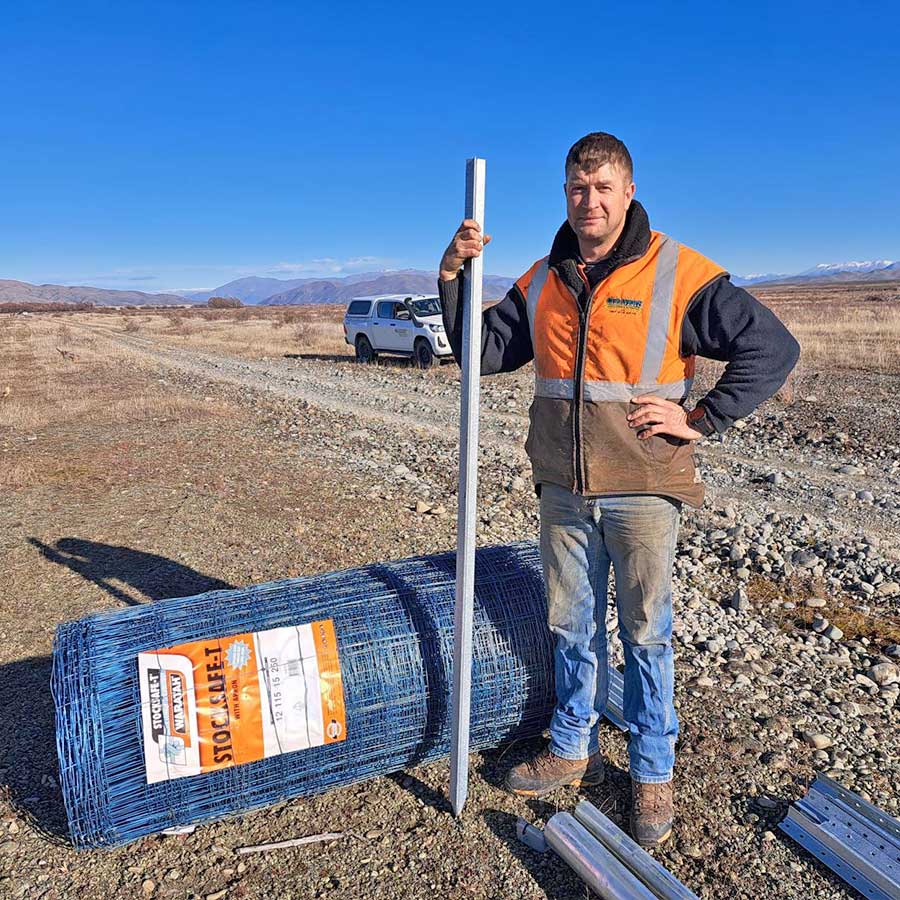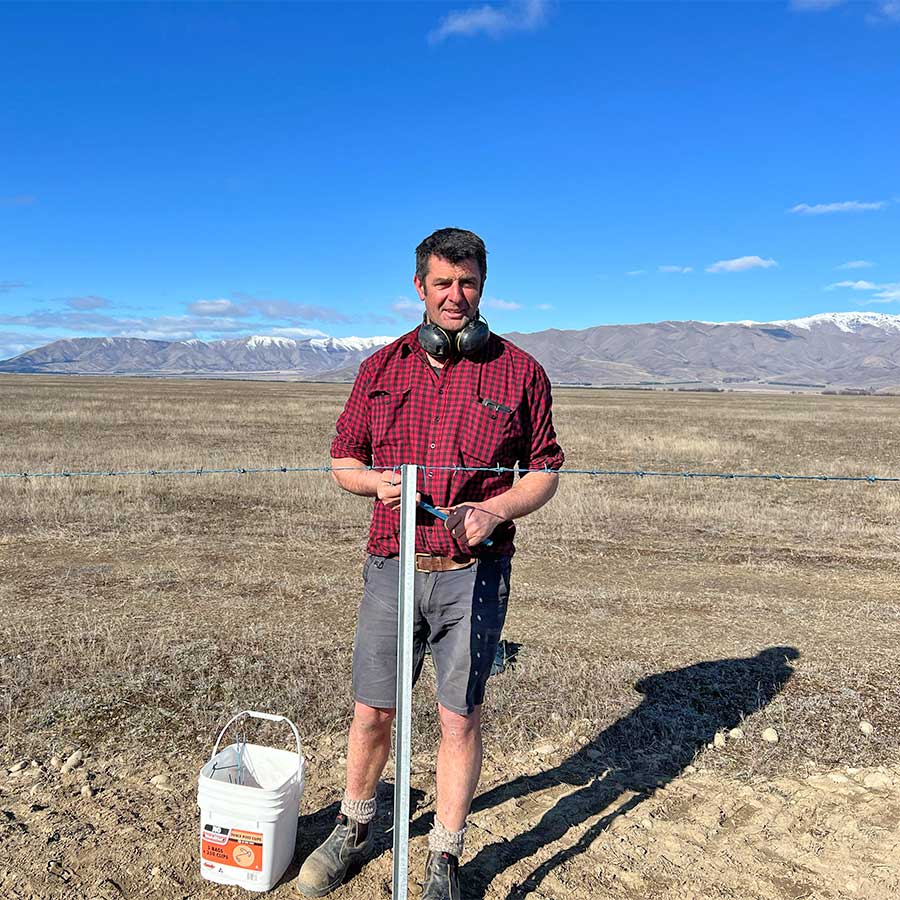
Work progresses on wallaby exclusion fence
Hoar frosts were no deterrent for local fencing contractors, Cleavers Excavations and Simon Butler Fencing, as they come close to finishing stage one of the wallaby exclusion fence in the Mackenzie Basin. The 48km fence aims to contain the spread of these pests and protect South Canterbury.
Over the past 10 years, wallabies have been spreading out of the containment zone and into the Mackenzie Basin, and we can’t afford to let them spread and establish further.
"We've seen a significant increase in wallaby reports, and numbers destroyed, in the area. Alongside other control methods, the fence will be a crucial for securing containment and reducing further spread," said wallaby programme leader Brent Glentworth.
"Once in place we can focus on progressively reducing the area wallabies occupy, alongside some continued surveillance and follow up work outside it."
Fencing location
The new fence will be 1.3m high constructed with purpose-built Australian-made wallaby exclusion netting, with an apron to prevent them passing beneath it. It will also be rabbit netted, allowing continued management of this pest as well.
The fence will follow the western border of Canterbury’s wallaby containment area, along the Tekapo/Takapō River system from Lake Benmore through to Lake Tekapo/Takapō. For most of its length, the new fence will replace an existing rabbit-proof one that is over 50 years old and needs upgrading.
Community consultation will take place around the fence alignment at the Lake Tekapo/Takapō end, although construction of that stage is not expected to happen for two years.
Fence construction
Fence construction will take place in stages over a few years, the first stage is a 15km stretch from Grays River north toward Lake Tekapo/Takapō. Progress went well over winter with no snow on site allowing continued work, and both contractors becoming very proficient with the product. The next section, expected to be started in September 2023, will work south from Grays River Ford and run for 11km.
Contractor Jack Cleaver had previous experience building similar "roo fences" in Australia but the hard ground of the Mackenzie River system meant tweaking their process at the start. Once they figured out what worked the rest flowed smoothly.
Simon Butler is equally impressed with the warratah system. "Nothing’s going to get through it, it’s incredibly durable and should last 100 years plus."
Strategic solution to the wallaby problem
Wallabies have a reputation for damaging normal farm fences as they attempt to push through or go under them.
According to Glentworth it’s important to use every tool available in the battle against wallabies.
"The work under the national programme is more than just having teams in the air and on the ground carrying out control and surveillance. It's also tackling the wallaby problem by investing heavily in research and improving wallaby detection at very low levels while exploring new and improved control methods."
"Fencing will play a critical role in providing a secure boundary 24 hours a day so we can progressively reduce densities within containment and eliminate the spread on the other side. A similar fence design has been used near Rotorua to progress work on their wallaby issue. It's fantastic we have the opportunity to do this for South Canterbury thanks to the national programme."
Government-funded tool
The project is expected to cost $1.4m and is being funded by the Ministry for Primary Industries-led Tipu Mātoro National Wallaby Eradication Programme. It is estimated that the economic impact of letting wallabies spread unchecked could cost the country up to $84M a year by 2025.



